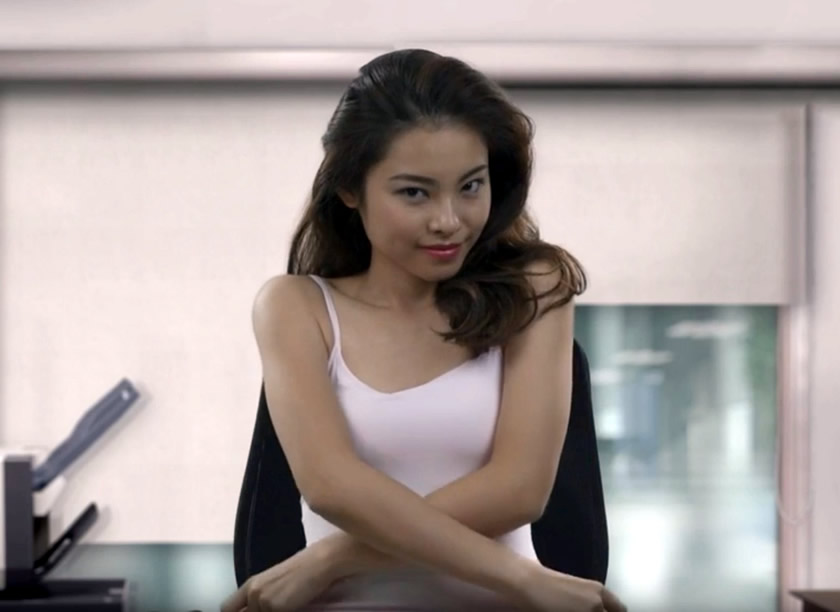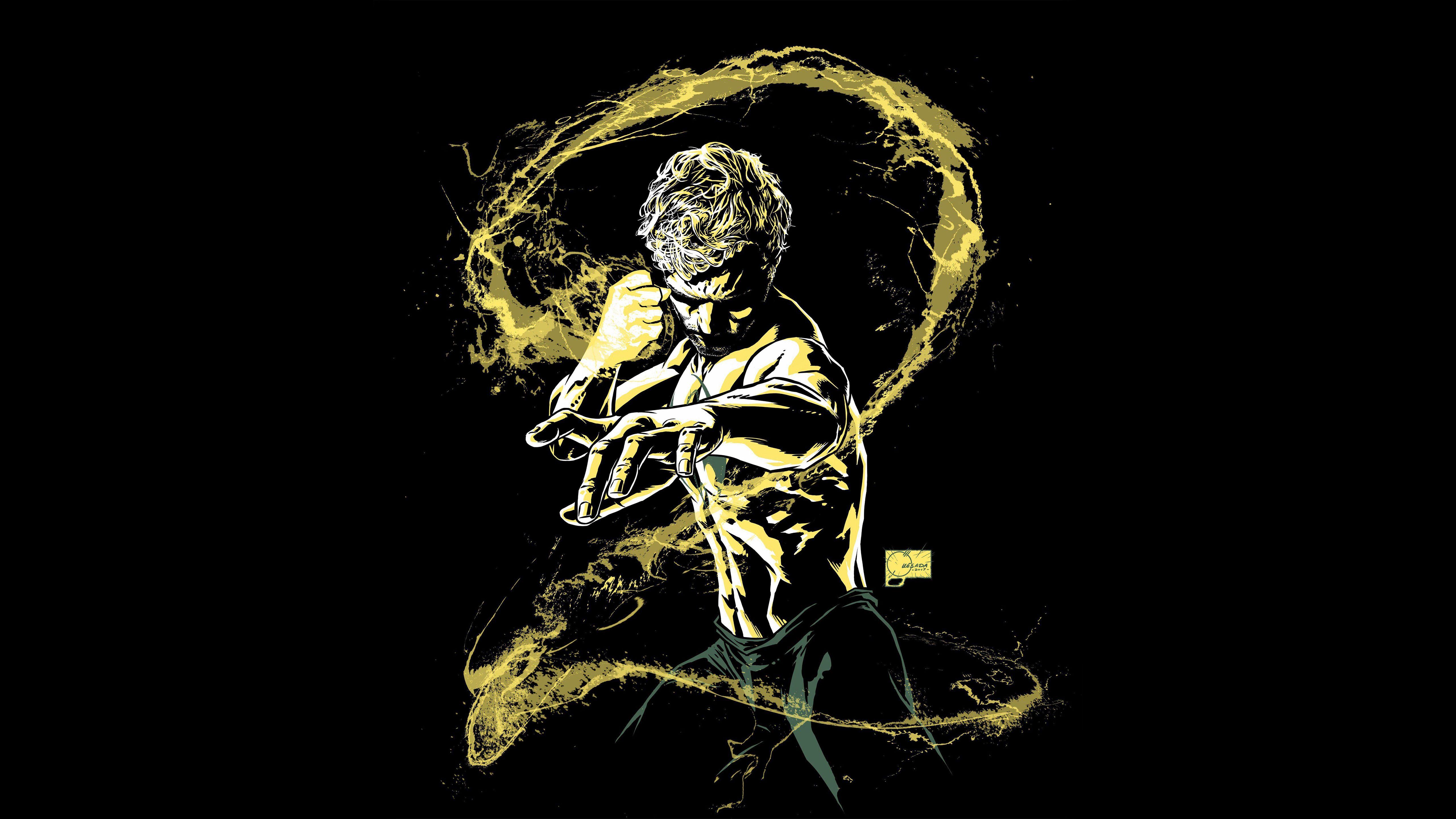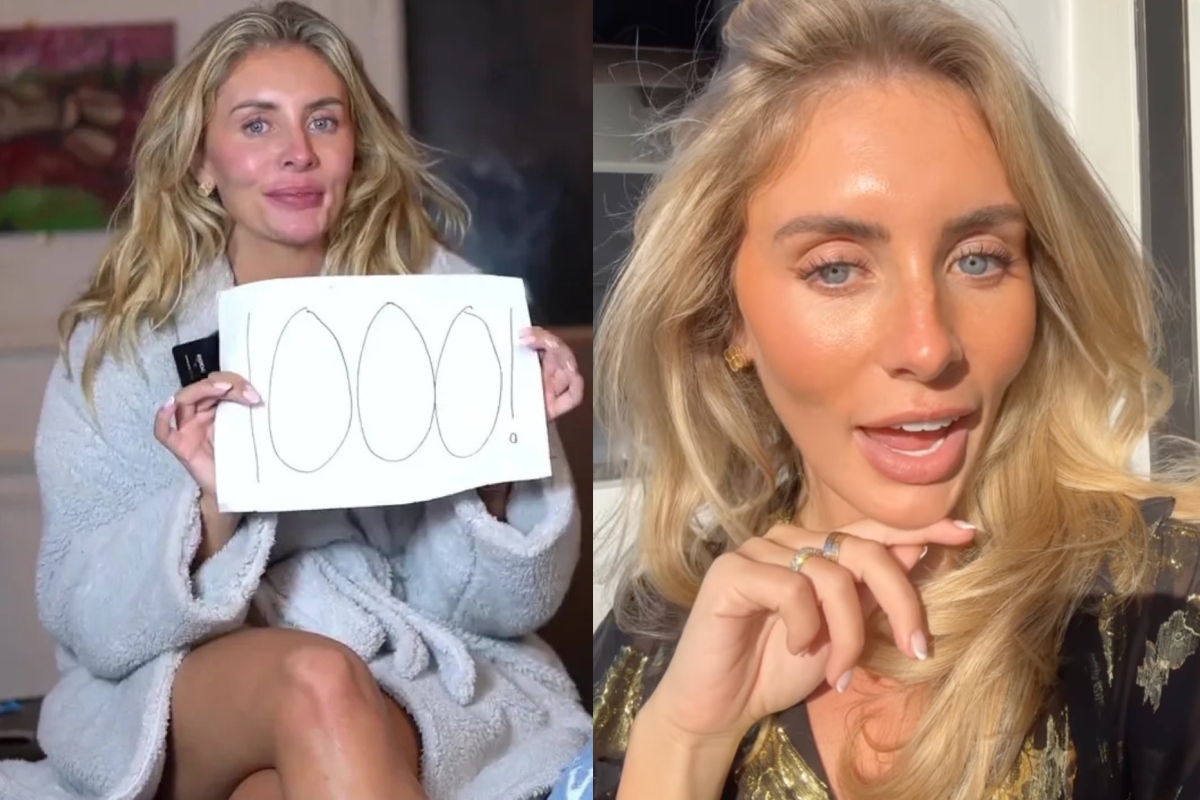Blonde And Big Tits
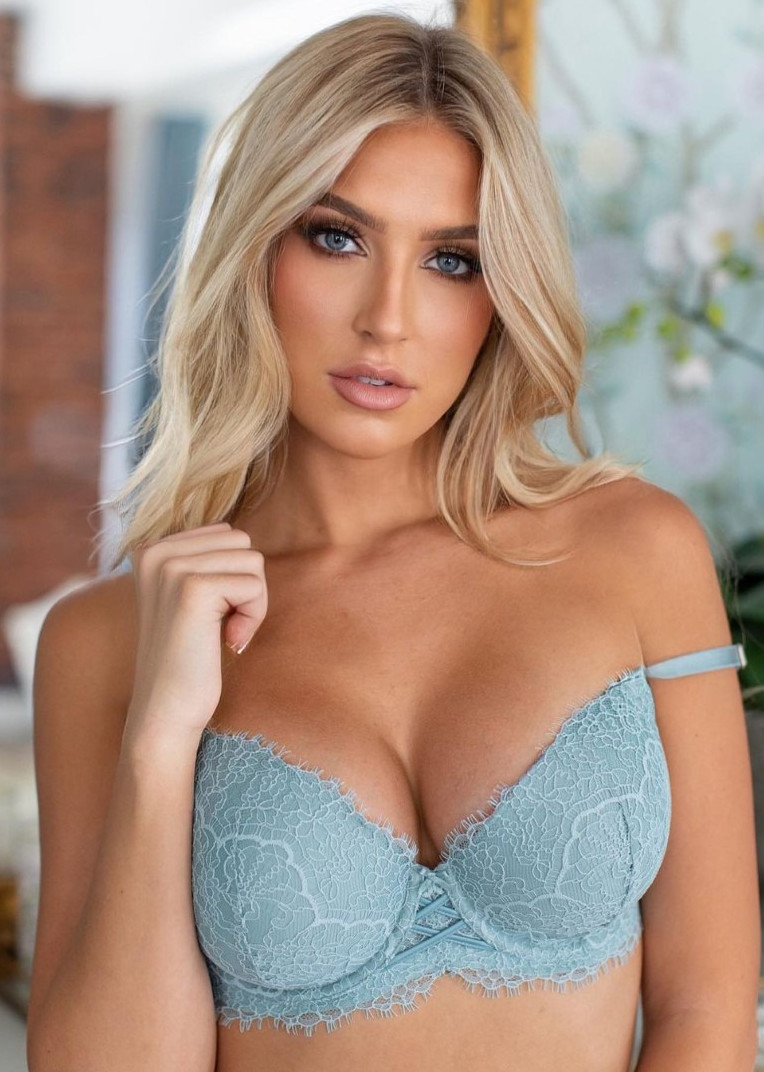
In the world of fashion and beauty, the concept of "blonde and big tits" has long been associated with an idealized standard of femininity and attractiveness. This combination of physical attributes has been popularized in various forms of media, from Hollywood films to advertising campaigns, often leaving a lasting impression on societal perceptions of beauty.
The allure of blonde hair and well-endowed breasts has become a significant cultural trope, influencing beauty standards and self-image for generations. This article aims to delve into the origins, cultural significance, and impact of this stereotype, offering a comprehensive analysis of its presence in modern society.
The Historical Context

The association of blonde hair with beauty and desirability can be traced back to ancient civilizations. In Greek mythology, for instance, the goddess Aphrodite was often depicted with golden hair, symbolizing her beauty and divine status. Similarly, in Norse mythology, the Vanir gods, associated with fertility and prosperity, were often described as having golden manes.
Throughout history, blonde hair has been seen as a marker of nobility and high social status. In medieval Europe, blonde hair was often associated with angels and divine beings, further cementing its connection to beauty and virtue. This association carried over into the Renaissance, where fair-haired women were considered the epitome of beauty, grace, and elegance.
The cultural significance of blonde hair continued to evolve, especially with the rise of Hollywood in the early 20th century. Iconic blonde actresses like Marilyn Monroe, Grace Kelly, and Audrey Hepburn became global symbols of glamour and sophistication, influencing beauty standards worldwide.
The Big Tits Stereotype

The stereotype of "big tits" has a more complex and nuanced history. While the desire for a well-endowed bust has been present in various cultures throughout history, the modern perception of this attribute as a sign of femininity and attractiveness is largely a product of Western beauty ideals.
In ancient Greece, for example, the idealized female form was often depicted with a small bust, emphasizing the waist and hips instead. It was during the Victorian era that the emphasis on a large bust as a marker of femininity and beauty began to take hold, with corsets and bustles designed to enhance the appearance of the breasts.
The 20th century saw a significant shift in beauty standards, with the rise of the pin-up girl and the emergence of the "hourglass figure" as the ultimate symbol of attractiveness. This ideal, characterized by a large bust, narrow waist, and curvy hips, was popularized by iconic pin-up models like Betty Grable and Rita Hayworth.
The Intersection of Blonde and Big Tits
The combination of blonde hair and a large bust as a symbol of ultimate femininity and desirability is a relatively modern phenomenon. In the post-World War II era, the "blonde bombshell" archetype emerged, with actresses like Jayne Mansfield and Mamie Van Doren embodying this ideal. These women, with their blonde hair, dramatic hairstyles, and ample busts, became symbols of a new, liberated femininity.
The 1960s and 1970s saw a shift towards a more natural and androgynous beauty ideal, with the rise of models like Twiggy and Jean Shrimpton. However, the blonde bombshell stereotype persisted, with actresses like Farrah Fawcett and Bo Derek bringing it back into the mainstream in the 1970s and 1980s.
In recent years, the "blonde and big tits" stereotype has been further perpetuated by reality TV shows, social media influencers, and adult entertainment. The rise of cosmetic surgery and breast augmentation has also contributed to the normalization and desirability of this physical ideal.
The Impact on Self-Image and Society
The prevalence of the "blonde and big tits" stereotype has had a profound impact on societal perceptions of beauty and self-image, particularly for women. This ideal has been criticized for promoting unrealistic and unattainable beauty standards, leading to body image issues, low self-esteem, and even eating disorders.
Despite the negative impact, the stereotype persists, with many women feeling pressured to conform to this ideal. The rise of social media and the constant exposure to curated, often heavily edited, images have only intensified this pressure. However, there has also been a growing movement towards body positivity and acceptance, with more diverse representations of beauty gaining mainstream recognition.
Challenging the Stereotype
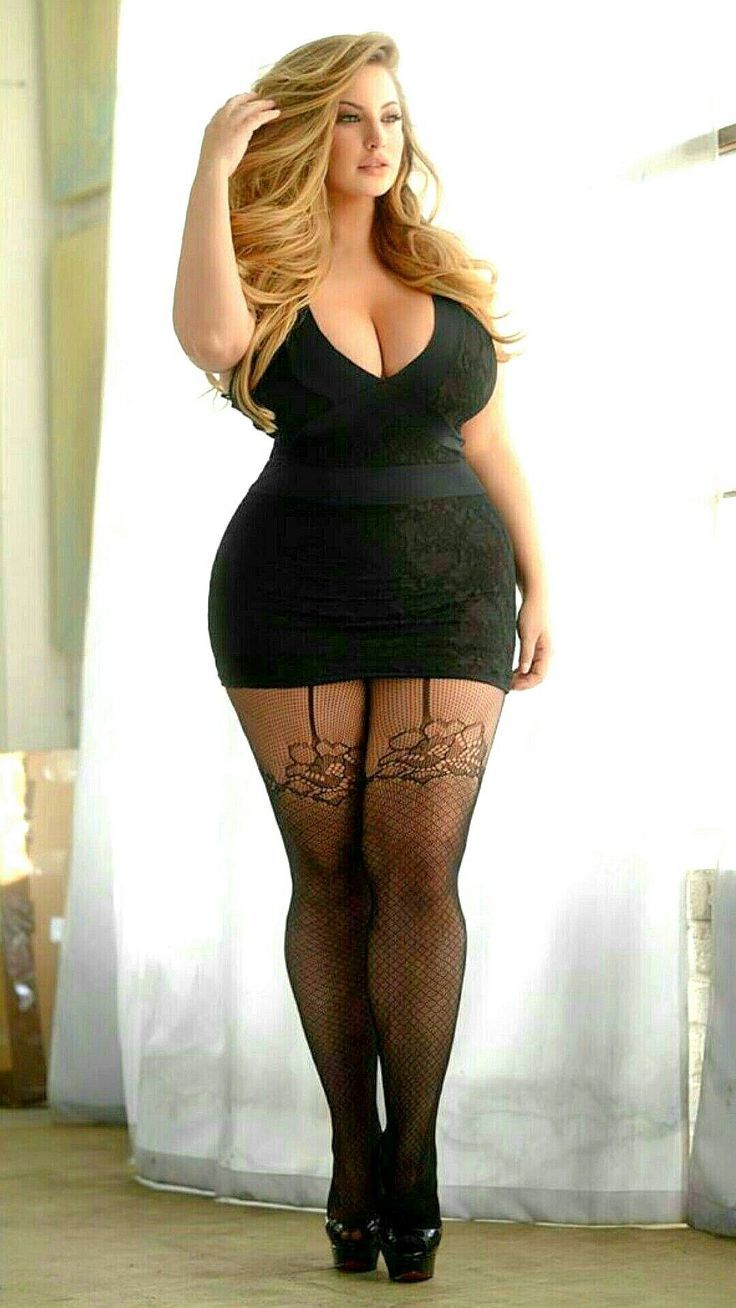
In recent years, there has been a growing effort to challenge and diversify beauty standards. The #MeToo movement, for instance, has brought attention to the objectification of women's bodies and the harmful effects of such stereotypes. Celebrities and public figures have also used their platforms to promote body positivity and acceptance, encouraging a more inclusive and realistic view of beauty.
The fashion and beauty industries have also begun to embrace a wider range of body types and appearances. Plus-size models, women of color, and individuals with disabilities are increasingly being featured in mainstream campaigns, challenging the narrow definition of beauty and promoting a more inclusive and representative ideal.
Additionally, the rise of body-positive influencers and activists on social media has helped to normalize a broader range of body types and appearances. These individuals use their platforms to share their experiences, advocate for self-love and acceptance, and challenge societal beauty standards.
Conclusion
The stereotype of "blonde and big tits" has a rich and complex history, deeply intertwined with societal perceptions of beauty and femininity. While it has been a dominant ideal for decades, there is a growing movement towards challenging and diversifying these standards.
As we move forward, it is essential to continue promoting a more inclusive and realistic view of beauty, embracing the unique qualities and characteristics of individuals rather than conforming to narrow, often unrealistic, ideals. By doing so, we can create a more accepting and empowering society for all.
What are the origins of the “blonde and big tits” stereotype?
+The stereotype has roots in ancient civilizations, where blonde hair was often associated with beauty and divinity. The emphasis on a large bust as a marker of femininity and beauty emerged in the Victorian era, with the rise of corsets and bustles. The combination of these two attributes as an idealized standard of beauty became prominent in the post-World War II era with the “blonde bombshell” archetype.
How has the “blonde and big tits” stereotype impacted society and self-image?
+The stereotype has promoted unrealistic and unattainable beauty standards, leading to body image issues, low self-esteem, and even eating disorders. Many women feel pressured to conform to this ideal, which can have negative impacts on their mental and physical health.
What efforts are being made to challenge this stereotype?
+There is a growing movement towards body positivity and acceptance, with celebrities, influencers, and activists using their platforms to promote self-love and diverse representations of beauty. The fashion and beauty industries are also embracing a wider range of body types and appearances, challenging the narrow definition of beauty.

